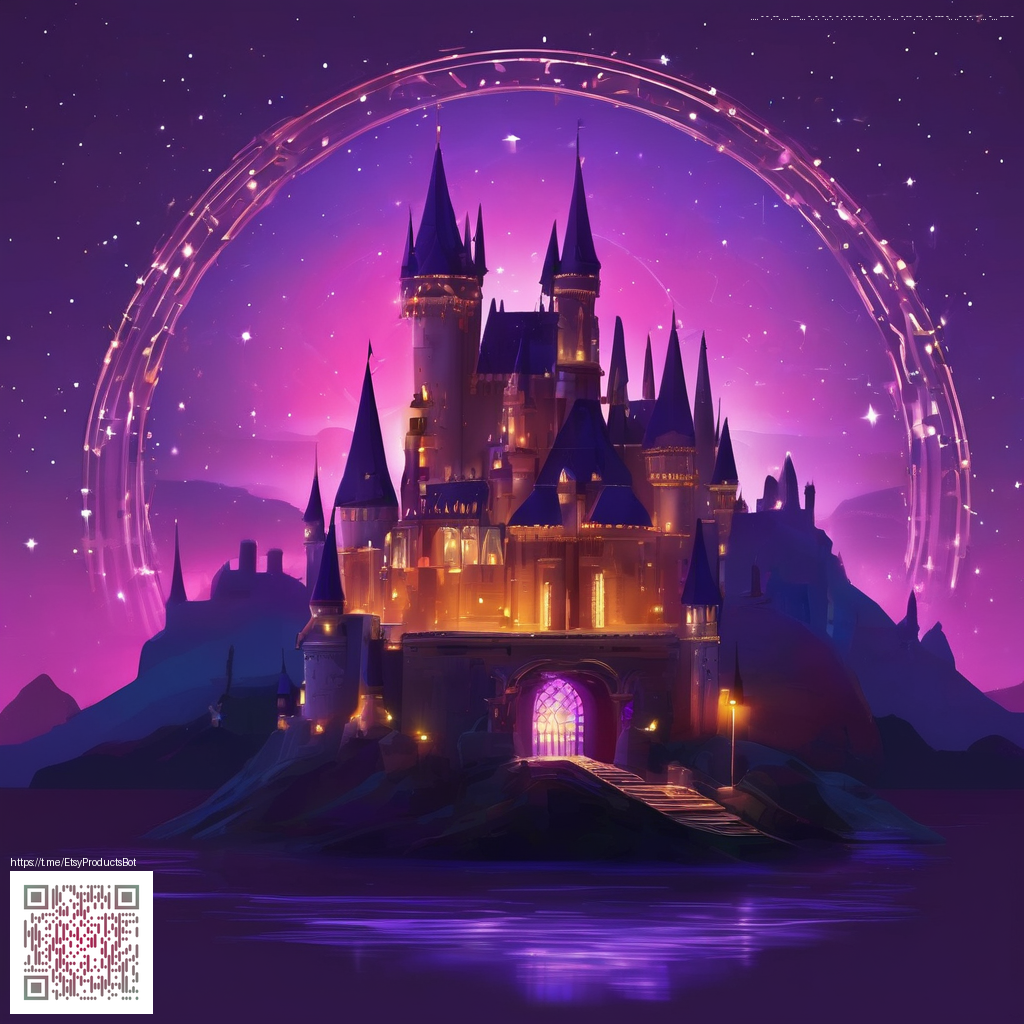
Bringing Nature into Your Digital Craft Space
Eco-inspired digital paper themes have moved beyond a passing trend and into a denser, more practical approach to creative work. The idea is simple: draw from the quiet strength of nature—mossy greens, earthy browns, soft sands, and sunlit golds—while embracing textures that feel tactile rather than flat. When you blend these elements with modern digital workflows, you get designs that are both calming and undeniably professional. It’s about creating visual rhythm without shouting, so your projects stand out for their warmth and depth.
Sustainability isn’t just a policy; it’s a design principle that guides color, texture, and composition.
What makes these themes work in digital projects
Nature-inspired palettes are inherently versatile. They pair well with bold typography, subtle gradients, and understated photography, giving you a canvas that remains legible across screens and print. In practice, digital paper themed around recycled textures or botanical motifs can ground an interface, a scrapbook, or a marketing deck without overpowering the message. The goal is to let natural elements softly lead the eye from one section to the next, rather than competing with the content for attention.
For designers and makers who juggle physical and digital materials, these themes translate into a cohesive brand story. You can layer scanned textures with vector work, or simulate natural textures through carefully chosen patterns and overlays. The result is a sense of depth that reads as high-quality and thoughtful, even when the medium is pixels and code.
Palette, texture ideas, and practical applications
- Earthy palettes—olive greens, clay browns, stone grays, and soft sky blues. These combos work well across UI, print, and social media assets.
- Natural textures—paper grain, linen, watercolor wash, and subtle leaf veining. Use them as overlays or background fills to add tactile presence.
- Botanical accents—minimal leaf motifs or herbaceous illustrations that feel organic rather than thematic.
- Typography pairing—serif or humanist sans fonts with generous letterspacing that echo the calm of nature.
- Accessibility caveats—ensure sufficient contrast when pairing soft textures with text. A little extra contrast helps readability without sacrificing the natural vibe.
These ideas aren’t confined to one corner of your workflow. They translate beautifully to web graphics, print collateral, social media templates, and even video overlays. When your visuals exude an authentic, nature-forward feel, your audience experiences both warmth and trust—qualities that matter whether you’re curating digital art, designing product packaging, or sharing educational content.
As you explore these themes, you might consider tangible workspace accessories that echo your digital aesthetic. For example, a practical desk companion like the Custom Gaming Mouse Pad 9x7in Neoprene Stitched Edges can help you maintain a consistent creative rhythm as you switch between design tasks and review sessions. It’s a subtle nod to texture and durability that complements a nature-inspired palette. For more inspiration, you can also peek at the page carrying that concept at this resource.
When you’re ready to translate these ideas into action, start with a simple mood board: a handful of eco-friendly textures, a few botanical accents, and a restrained color swatch. Build from there, and you’ll see how the right combination of tone and texture can elevate your entire project—from a quiet poster series to a bold, immersive UI design.